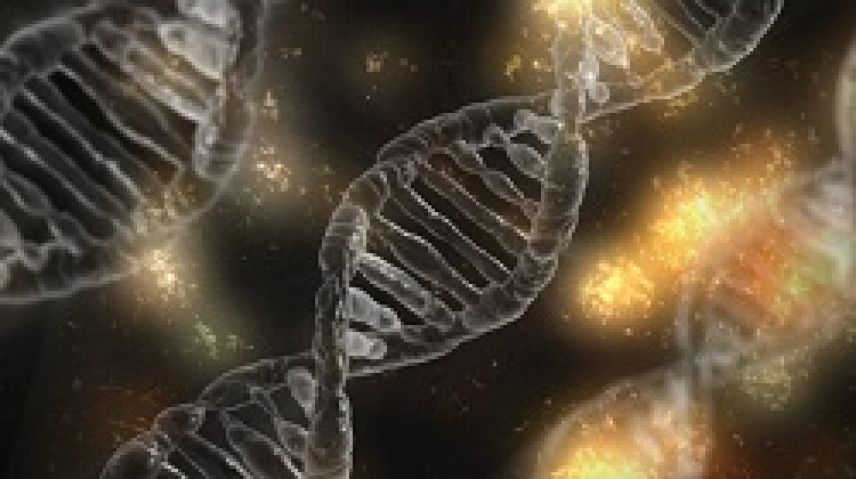 Their research has succeeded in disproving one of the most common tacit assumptions in the scientific community: that whenever a DNA molecule loses a “letter” – one of the nitrogenous bases of which it is made up – the resulting gap always occupies the same site. Losses occur routinely, in two ways: spontaneously, due to breakage of the bond which binds the base to the sugar molecule; and ‘deliberately’, when a repair protein eliminates a damaged base. Until now, it was assumed that these two forms of gap were equivalent. Due to the research findings reported in this paper, that assumption no longer holds.
Their research has succeeded in disproving one of the most common tacit assumptions in the scientific community: that whenever a DNA molecule loses a “letter” – one of the nitrogenous bases of which it is made up – the resulting gap always occupies the same site. Losses occur routinely, in two ways: spontaneously, due to breakage of the bond which binds the base to the sugar molecule; and ‘deliberately’, when a repair protein eliminates a damaged base. Until now, it was assumed that these two forms of gap were equivalent. Due to the research findings reported in this paper, that assumption no longer holds.
The results obtained by the University of Córdoba research team, using the plant Arabidopsis thalianaas a model organism to analyse the enzyme activity of two types of protein which recognise and process these gaps – known as abasic sites – suggest that the assumption of equivalence is mistaken. Research focused on a specific nucleobase, guanine, and on one of its derivatives (N7-methylguanine) which often disappears spontaneously but may also be actively eliminated during DNA repair. The results showed that both kinds of “gap” are recognised by one protein type, but only gaps caused by repair are processed by a different protein type. There are therefore hitherto-undetected differences between the two types of abasic site.
This research has shed light on a little-understood aspect of the chemical stability of genetic information and repair, paving the way for future research into DNA and its multiple applications, particularly in biology and medicine.
The study was carried out by the BIO301 “Epigenetics and DNA repair” research team at the University of Córdoba’s Department of Genetics, as part of the “Remake” project, which is financed by ERDF funding channelled through the R&D&I Programme run by the Ministry of Economy, Industry and Competitiveness, under its 2016 “Challenges and Excellence” scheme.
References:
Casimiro Barbado, Dolores Córdoba-Cañero, Rafael R. Ariza and Teresa Roldán-Arjona (2018) Non-enzymatic release of N7-methylguanine channels repair of abasic sites into an AP-endonuclease independent pathway in Arabidopsis. Proc Natl Acad Sci USA,115 (in press).


